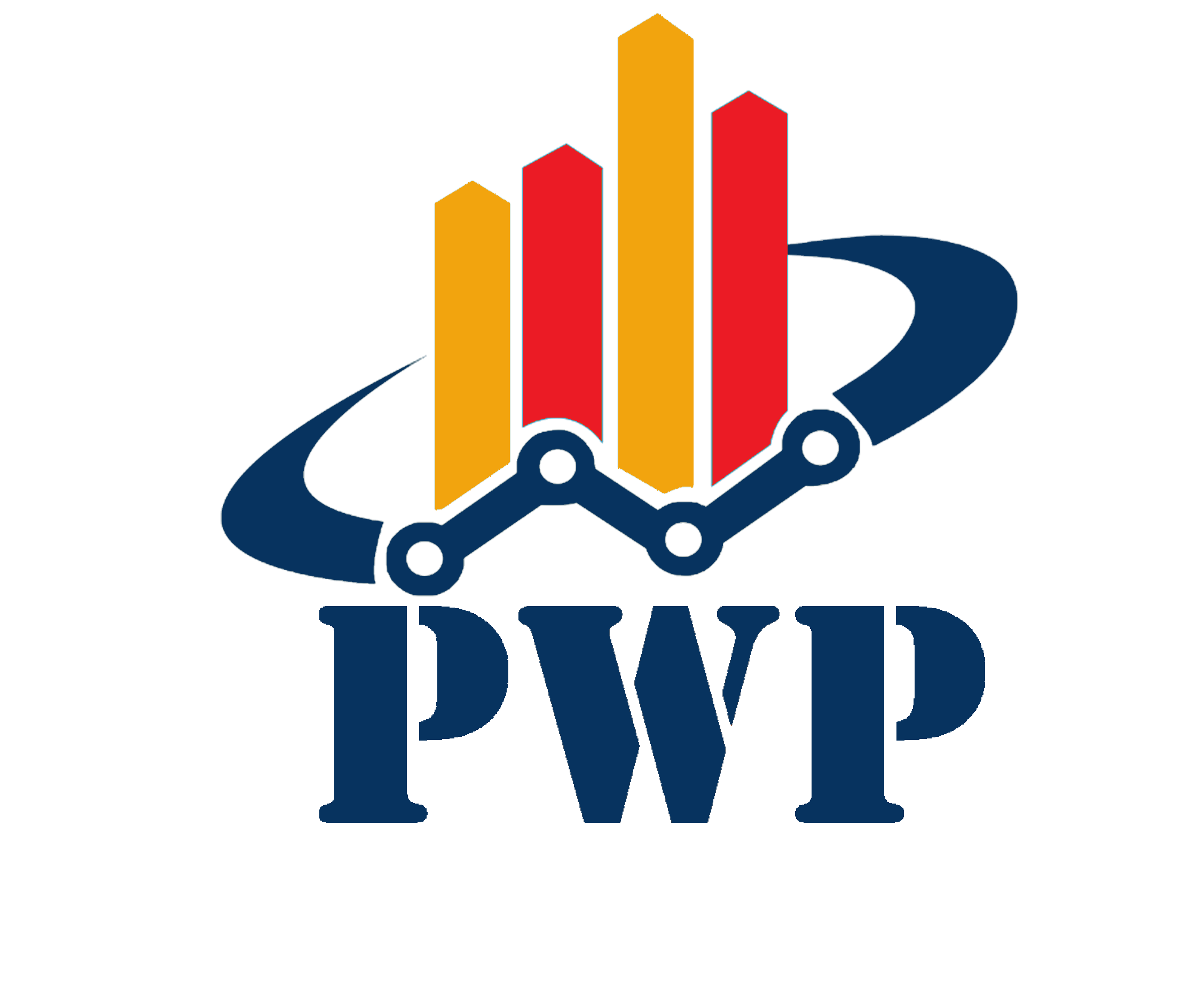Published on June, 9, 2025 | Perpetual Wealth Planning Dr. Nabil Refaiy
Middle East Investment Strategy: Complete Guide to Digital Assets, AI, Gold & Mutual Funds
Introduction
The Middle East stands at a pivotal moment in financial history. As the region transitions from traditional energy dependence to a diversified, technology-driven economy, investors face unprecedented opportunities across emerging asset classes. The convergence of digital innovation, artificial intelligence advancement, traditional safe havens, and established investment vehicles creates a complex but promising landscape for portfolio construction.
Understanding how to navigate this transformation requires a strategic approach to asset allocation that balances growth potential with risk management. This comprehensive analysis examines four critical investment categories shaping the region’s financial future and provides actionable guidance for building resilient portfolios.
The Middle East Investment Landscape: A Paradigm Shift
The Gulf Cooperation Council (GCC) countries are leading a remarkable economic transformation. Saudi Arabia’s Vision 2030, the UAE’s ambitious diversification plans, and Qatar’s National Vision 2030 represent more than policy initiatives—they signal a fundamental restructuring of how wealth is created and preserved in the region.
This shift creates unique investment opportunities across multiple asset classes, each offering distinct advantages and challenges for modern investors seeking exposure to the Middle East’s growth story.
Digital Assets: The New Frontier
Market Overview
Digital assets have emerged as a significant component of modern investment portfolios, with Middle Eastern sovereign wealth funds and institutional investors leading global adoption. The region’s progressive regulatory frameworks and substantial capital allocations demonstrate growing confidence in cryptocurrency and blockchain technologies.
Investment Potential
Digital assets offer several compelling advantages for Middle Eastern investors. Portfolio diversification benefits become particularly valuable during periods of traditional market volatility. The 24/7 global nature of cryptocurrency markets provides liquidity flexibility that aligns well with the region’s international business activities.
Bitcoin’s evolution into “digital gold” represents a generational shift in how investors view store-of-value assets. For younger demographics and technology-forward institutions, cryptocurrency allocation provides exposure to innovation-driven returns while maintaining portfolio independence from traditional economic cycles.
Strategic Allocation
Conservative investors should consider a 10-15% allocation to established cryptocurrencies, focusing on Bitcoin and Ethereum for their relative stability and institutional adoption. Moderate risk profiles can extend this to 20-25%, incorporating select altcoins with strong fundamentals. Aggressive investors may allocate up to 30%, but should maintain strict risk management protocols given the asset class’s volatility characteristics.
Artificial Intelligence Investments: The Economic Engine of Tomorrow
Regional Leadership
The Middle East has positioned itself at the forefront of artificial intelligence investment and development. Abu Dhabi’s MGX fund represents one of the world’s largest AI-focused investment vehicles, with commitments exceeding traditional venture capital scales. These strategic investments signal the region’s commitment to becoming a global AI hub.
Growth Drivers
Several factors support AI investment growth in the Middle East. Government initiatives prioritize technology infrastructure development, creating substantial public-private partnership opportunities. The region’s young, educated population provides the human capital necessary for AI innovation. Additionally, traditional industries like energy, finance, and logistics present significant automation and optimization opportunities.
Investment Approach
AI investments span multiple categories, from direct equity stakes in technology companies to AI-focused mutual funds and ETFs. Public markets offer exposure through established technology giants expanding AI capabilities, while private markets provide access to emerging startups developing specialized solutions.
A balanced AI allocation strategy should emphasize 20-30% of growth-oriented portfolios, distributed across public equities, specialized funds, and carefully selected private opportunities. This diversification approach mitigates single-company risk while maintaining exposure to the sector’s transformative potential.
Gold: The Enduring Foundation
Cultural and Economic Significance
Gold maintains profound cultural importance throughout the Middle East while serving essential portfolio functions. The precious metal’s inflation hedge characteristics and crisis-resilient nature provide stability during economic uncertainty. Recent geopolitical tensions have reinforced gold’s role as a safe-haven asset for regional investors.
Modern Context
While digital assets challenge gold’s traditional monopoly as an alternative store of value, precious metals retain unique advantages. Physical gold offers tangible asset security independent of technological infrastructure. Central bank purchasing patterns and jewelry demand continue supporting long-term price fundamentals.
Portfolio Integration
Gold allocation should reflect individual risk tolerance and investment objectives. Conservative portfolios benefit from 20-25% precious metals exposure, providing stability and purchasing power protection. Moderate allocations of 15-20% balance growth opportunities with downside protection. Even aggressive growth portfolios should maintain 10-15% gold exposure for crisis hedging and portfolio volatility reduction.
Mutual Funds: Professional Management and Diversification
Regional Opportunities
Middle East-focused mutual funds offer professional management and diversified exposure to the region’s transformation. These vehicles provide access to local markets, regulatory expertise, and sector-specific opportunities that individual investors might find challenging to navigate independently.
Fund Categories
Several mutual fund categories serve different investment objectives. Broad-based regional funds offer diversified exposure across GCC markets and emerging economies. Sector-specific funds focus on areas like technology, infrastructure, or energy transition. Sharia-compliant funds address religious investment requirements while maintaining competitive returns.
Strategic Value
Mutual funds should form the core holding for most Middle East investment strategies. Professional management provides ongoing portfolio optimization, risk monitoring, and regulatory compliance. Diversification across multiple holdings reduces single-security risk while maintaining regional growth exposure.
Recommended allocations range from 35-50% for most investors, with higher percentages appropriate for those seeking stability and professional oversight. This foundation allows for tactical allocations across higher-risk, higher-reward categories while maintaining portfolio balance.
Portfolio Construction Framework
Risk-Based Allocation Models
Conservative Profile (Preservation Focus)
- Mutual Funds: 50%
- Gold: 25%
- AI Investments: 15%
- Digital Assets: 10%
This allocation prioritizes capital preservation while maintaining growth exposure. The emphasis on professionally managed funds and precious metals provides stability, while modest allocations to emerging technologies offer upside participation.
Moderate Profile (Balanced Growth)
- Mutual Funds: 40%
- AI Investments: 25%
- Digital Assets: 20%
- Gold: 15%
Balanced portfolios increase exposure to growth assets while maintaining defensive positions. This approach suits investors comfortable with moderate volatility in exchange for enhanced return potential.
Aggressive Profile (Growth Maximization)
- AI Investments: 30%
- Digital Assets: 25%
- Mutual Funds: 35%
- Gold: 10%
Growth-focused allocations emphasize emerging technologies and digital assets while maintaining diversification through mutual funds. This strategy requires strong risk tolerance and longer investment horizons.
Implementation Considerations
Successful portfolio implementation requires attention to several critical factors. Regular rebalancing maintains target allocations as market movements create portfolio drift. Quarterly reviews ensure alignment with changing market conditions and personal circumstances.
Tax efficiency becomes increasingly important as portfolio complexity grows. Understanding regional tax implications for different asset classes helps optimize after-tax returns. Professional tax advice becomes valuable as portfolios expand across multiple jurisdictions and asset types.
Liquidity management ensures access to capital when needed while maximizing investment exposure. Maintaining appropriate cash reserves prevents forced selling during market downturns while supporting opportunistic investments during market dislocations.
Risk Management and Due Diligence
Comprehensive Risk Assessment
Each asset class presents unique risk characteristics requiring specific management approaches. Digital assets demand strong security protocols, including proper wallet management and exchange selection. AI investments require ongoing technology trend monitoring and competitive landscape assessment.
Gold investments involve storage considerations and market timing decisions. Mutual funds require manager evaluation and fee structure analysis. Comprehensive risk management integrates these individual considerations into coherent portfolio risk profiles.
Regulatory Compliance
The Middle East’s evolving regulatory environment affects all investment categories. Staying informed about changing regulations, tax implications, and compliance requirements protects portfolio value and ensures legal operation.
Professional advice becomes essential as regulatory complexity increases. Working with qualified financial advisors familiar with regional requirements helps navigate compliance challenges while optimizing investment outcomes.
Future Outlook and Strategic Positioning
Emerging Trends
Several trends will shape Middle East investment opportunities over the coming decade. Continued economic diversification creates new sectors and opportunities. Technological advancement accelerates across all industries. Sustainable investing gains prominence as ESG considerations influence capital allocation.
The integration of traditional finance with innovative technologies creates hybrid opportunities that didn’t exist previously. Tokenization of traditional assets, AI-enhanced investment management, and blockchain-based financial services represent convergence trends offering significant potential.
Strategic Positioning
Successful long-term investing requires positioning for these emerging trends while maintaining portfolio balance. Early exposure to transformative technologies provides upside participation, while maintaining traditional allocations ensures stability during transition periods.
Flexibility becomes increasingly important as markets evolve rapidly. Regular strategy reviews and allocation adjustments help capture new opportunities while managing emerging risks.
Conclusion
The Middle East’s investment landscape offers unprecedented opportunities for those who understand how to navigate its complexity. The convergence of digital assets, artificial intelligence, precious metals, and traditional investment vehicles creates multiple pathways to portfolio growth and diversification.
Success requires balancing innovation with stability, growth with preservation, and opportunity with risk management. By thoughtfully allocating across these four critical asset classes, investors can participate in the region’s transformation while building resilient, long-term wealth.
The key lies not in choosing single asset classes but in constructing integrated portfolios that capture diverse opportunities while managing comprehensive risk. As the Middle East continues its remarkable economic evolution, well-positioned investors will benefit from both traditional strengths and emerging innovations.
About Our Investment Advisory Services
Perpetual Wealth Planning PWP specializes in Middle East investment strategies, providing comprehensive portfolio management and financial planning services. Our team combines regional expertise with global investment knowledge to help clients navigate complex markets and achieve their financial objectives.
For personalized investment consultation and portfolio analysis, contact our advisory team at info@perpetualwealths.com






1 reply on “Middle East Investment Strategy: Complete Guide to Digital Assets, AI, Gold & Mutual Funds”
Upcoming Articles will be very interesting